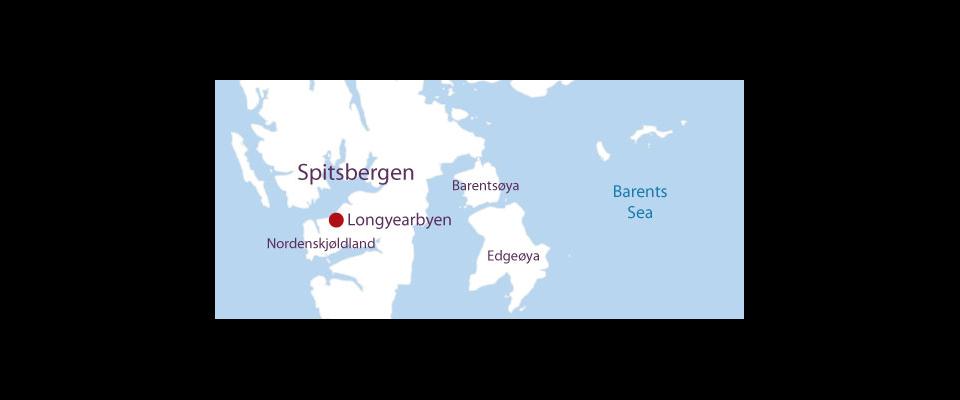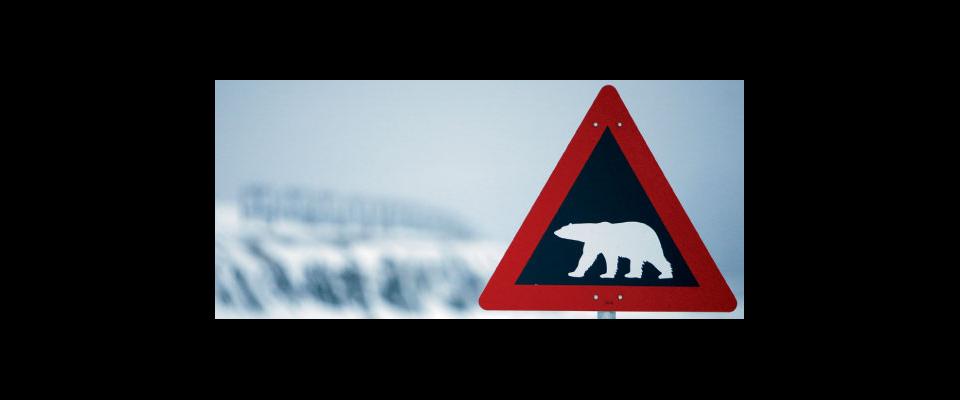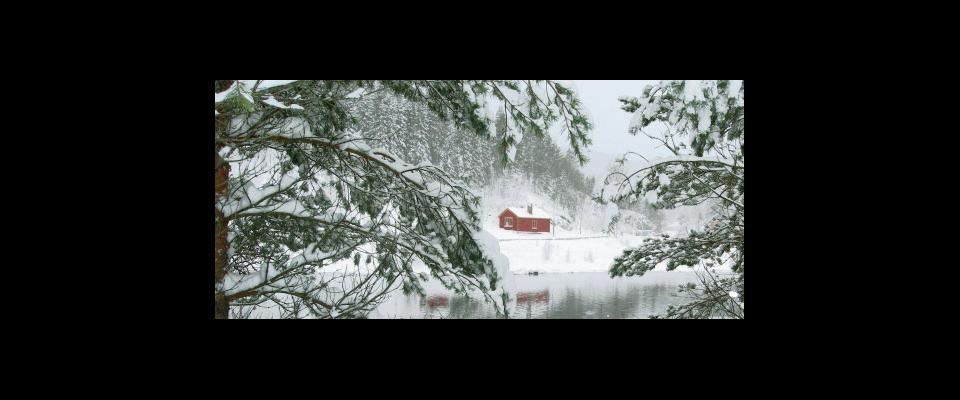Spitsbergen, which means “jagged peaks” in Dutch, is one of three inhabited islands in the Svalbard archipelago, the northernmost European territory. Svalbard is Norwegian for “cold coast.” Norway has sovereignty over the archipelago, but 40 countries signed the Svalbard Treaty of 1920, which gives all signatories the right to exploit the islands commercially. Currently, only Russia and Norway exercise that right. Mining and tourism are the dominant industries. Approximately 60 percent of Svalbard is covered in ice and tens of thousands of tourists come each year to visit the islands’ glaciers.
The administrative center of Svalbard is Longyearbyen, which was founded in 1906 by American businessman John Munroe Longyear, primary owner of the Arctic Coal Company. Byen is Norwegian for “city.” Longyearbyen (pop. about 2,300) is the northernmost town of any size in the world. As such, it claims the northernmost newspaper, the northernmost church, the northernmost ATM, and many other northernmost things. The midnight sun continually shines on Spitsbergen from mid-April to mid-August, while polar night descends on the city from late October to mid-February. The annual weeklong Sun Festival takes place in early March.
No country for old men. No babies are born and no one retires in Svalbard. Expecting mothers are sent to the mainlaind to give birth. And those unable to continue to work are sent away, due to severe weather and lack of care facilities.
Diversity on ice. Longyearbyen is home to the Svalbard Global Seed Vault, a storage facility dug into a frozen mountainside to preserve plant diversity. Also called the “Doomsday Vault,” the repository houses millions of seeds from around the world. A work of art installed on the front of the vault acts as a beacon, making it visible from miles around.





















